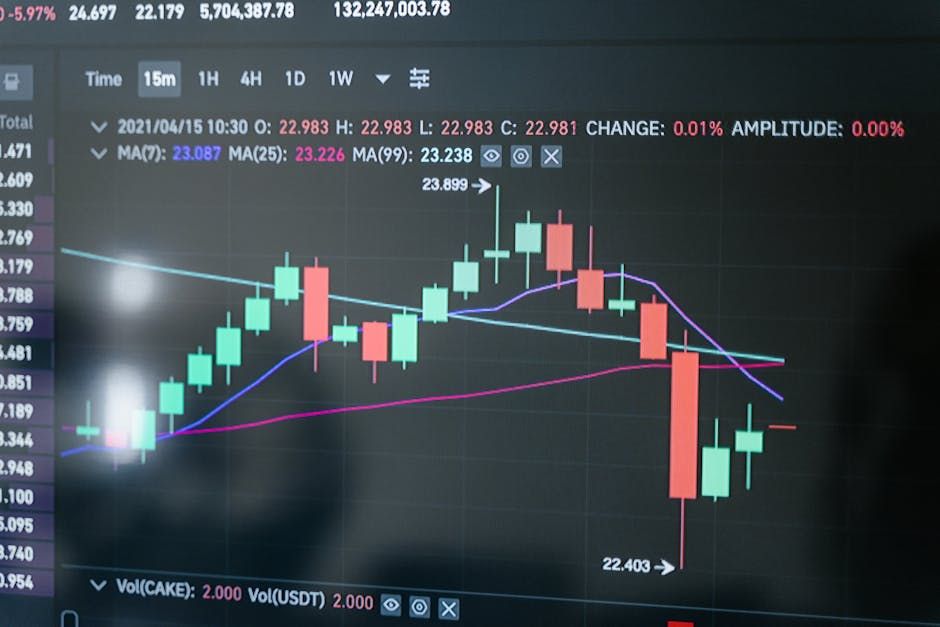As blockchain technology continues to evolve, its applications are becoming increasingly relevant across various sectors. Web3 development represents a new paradigm where decentralized applications (d Apps) are built on blockchain infrastructure, allowing for greater transparency, security, and user control. This article delves into the latest trends in blockchain development, provides case studies, and offers practical insights into smart contract development.
Decentralized applications are software programs that run on a blockchain or peer-to-peer network rather than being hosted on centralized servers. This shift is significant as it removes intermediaries, allowing for a more direct interaction between users. For instance, platforms like Ethereum enable developers to create d Apps that can execute transactions securely without the need for a central authority.
One prime example is Uniswap, a decentralized finance (De Fi) protocol built on Ethereum that allows users to swap various cryptocurrencies without relying on a centralized exchange. This has eliminated many risks associated with traditional exchanges and showcases how d Apps can empower users by providing them with more control over their finances.
Some defining features of decentralized applications include:
- Open Source: Most d Apps are open-source, allowing anyone to contribute to their development, which fosters innovation.
- Decentralization: Data is stored across a network of nodes, enhancing security and reducing the risk of single points of failure.
- Incentives: Users often receive tokens as rewards for participating in the network, which can drive engagement and loyalty.
Smart Contract Development Challenges
While smart contracts are a cornerstone of blockchain technology, their development is not without challenges. Smart contracts are self-executing contracts with the terms of the agreement directly written into code. They eliminate the need for intermediaries and automate processes, but they also pose unique risks.
One of the most significant challenges in smart contract development is security. In 2017, the DAO hack highlighted vulnerabilities in smart contracts, leading to a loss of over $60 million in Ethereum. This incident emphasized the need for rigorous testing and security audits before deployment. Developers must be well-versed in programming languages such as Solidity and be aware of potential vulnerabilities like reentrancy attacks or gas limit issues.
To implement a smart contract on Ethereum, follow these steps:
- Set Up the Environment: Install tools like Truffle and Ganache to create a local blockchain environment.
- Write the Smart Contract: Use Solidity to write your contract. Here’s a simple example:
pragma solidity ^0.8.0;function get() public view returns (uint) {
return stored Data;
}}- Test the Contract: Run tests using Truffle to ensure functionality and security.
- Deploy the Contract: Use Truffle to deploy your contract to the Ethereum network.
Comparative Analysis of Blockchain Platforms
When developing blockchain solutions, choosing the right platform is crucial. Two of the most prominent platforms are Ethereum and Binance Smart Chain (BSC).
Ethereum is known for its robust ecosystem and extensive d App support, making it a go-to for many developers. However, transaction fees (gas fees) can be prohibitively high, especially during peak times. In contrast, Binance Smart Chain offers lower fees and faster transaction times, which appeals to developers looking to create cost-effective solutions. However, its ecosystem is less mature than Ethereum's.
In terms of development cost, Ethereum may require higher initial investment due to gas fees and the need for extensive testing, while BSC can reduce operational costs over time. This trade-off can significantly affect a project's budget and its long-term sustainability.
As blockchain technology matures, the future of Web3 development looks promising. According to a report by Forbes, the blockchain market is expected to grow significantly, with more businesses adopting decentralized solutions to enhance transparency and security.
Moreover, advancements in interoperability will likely allow different blockchains to communicate seamlessly, paving the way for a more connected ecosystem. This shift will enable developers to create more versatile applications, enhancing user experience and engagement.
Despite the optimism surrounding blockchain technology, some experts argue that the hype may overshadow its practical applications. For instance, Bill Gates has expressed skepticism about the sustainability of cryptocurrencies and their inherent volatility. This perspective emphasizes the need for practical use cases that provide real-world value rather than speculative investments.
As Web3 development continues to evolve, understanding the intricacies of blockchain technology and its applications becomes essential for developers and businesses alike. By focusing on creating secure, user-friendly decentralized applications and smart contracts, the industry can unlock the full potential of blockchain technology. Whether it’s through Ethereum, Binance Smart Chain, or emerging platforms, the future holds significant promise for innovation and user empowerment in the digital age.

Photo by Tima Miroshnichenko on Pexels (https://www.pexels.com/photo/marketing-man-laptop-internet-7567236/)

Photo by Alesia Kozik on Pexels (https://www.pexels.com/photo/coins-on-top-of-a-laptop-6770774/)


